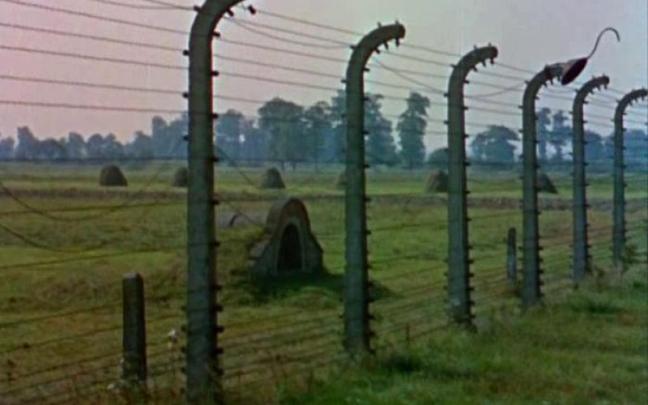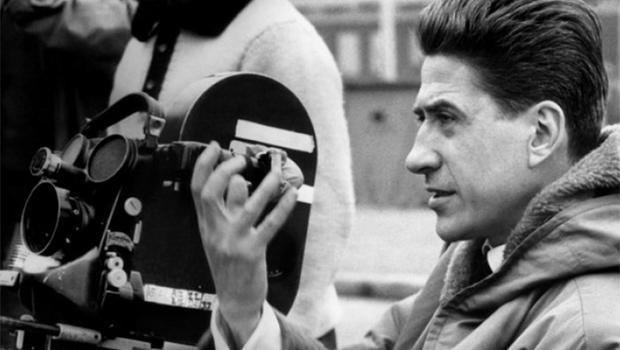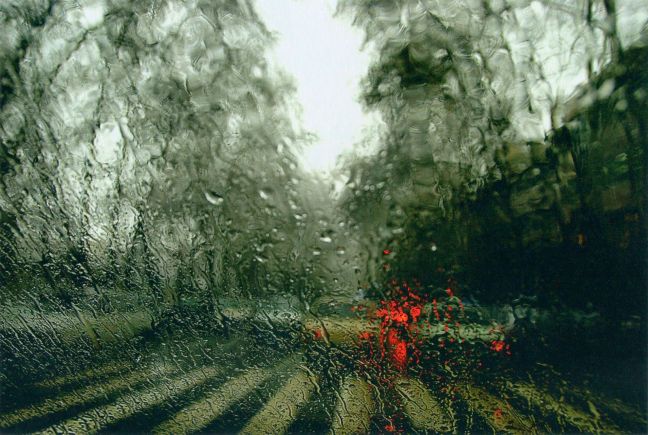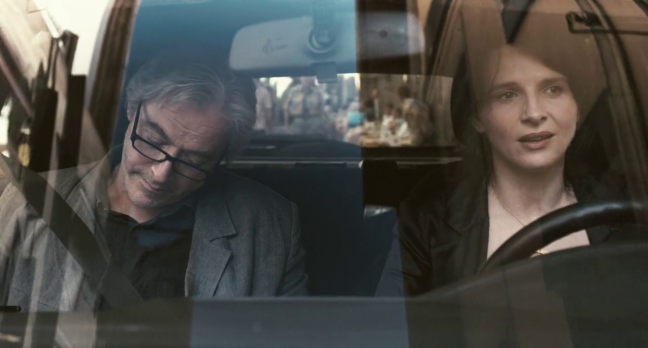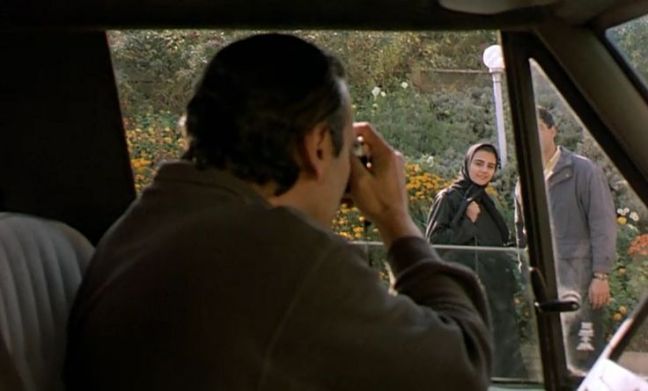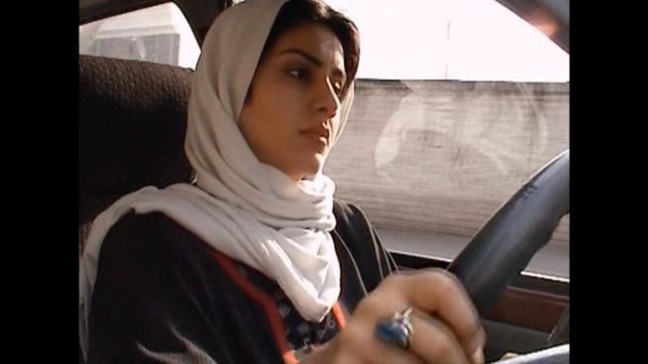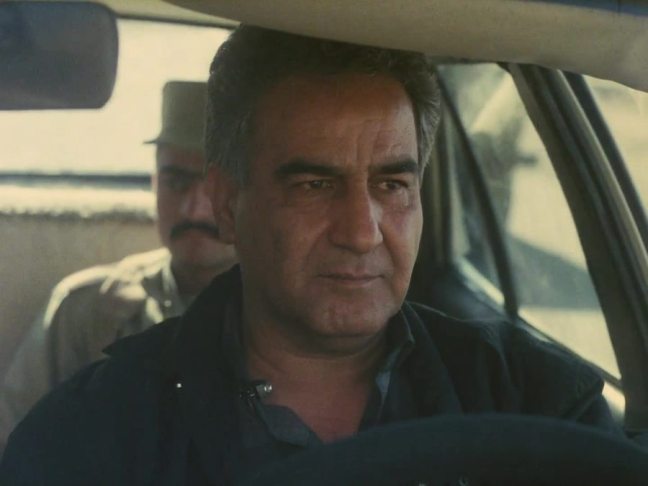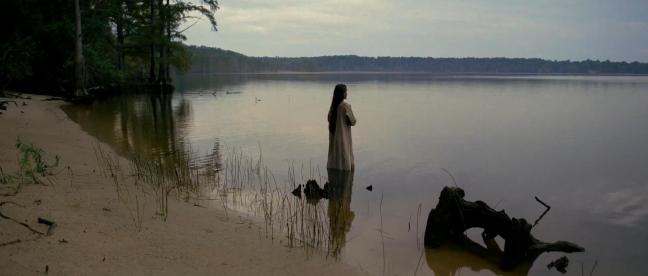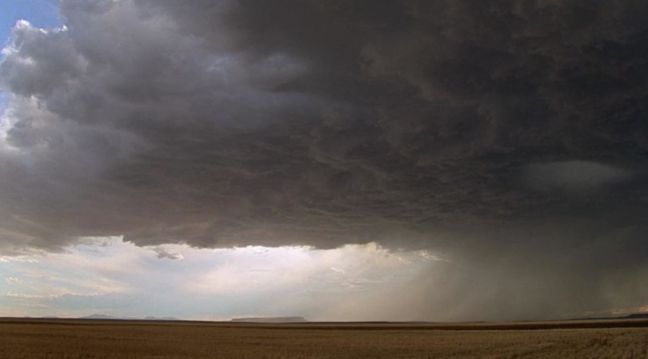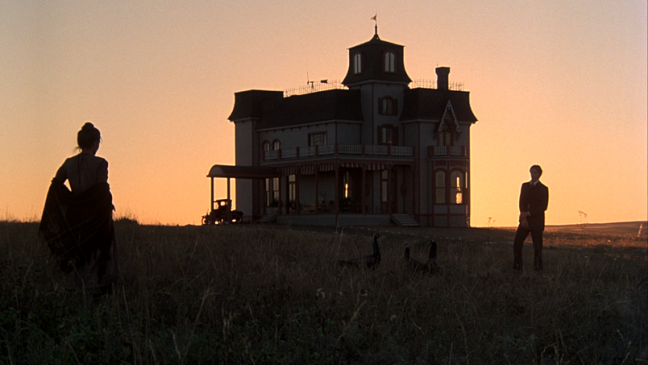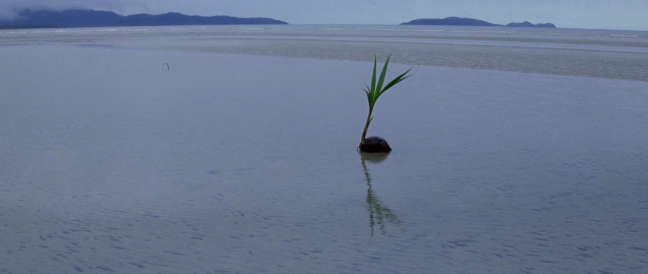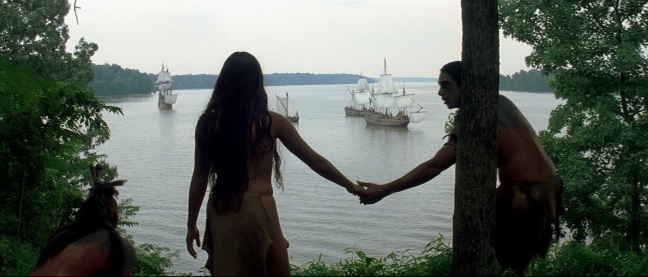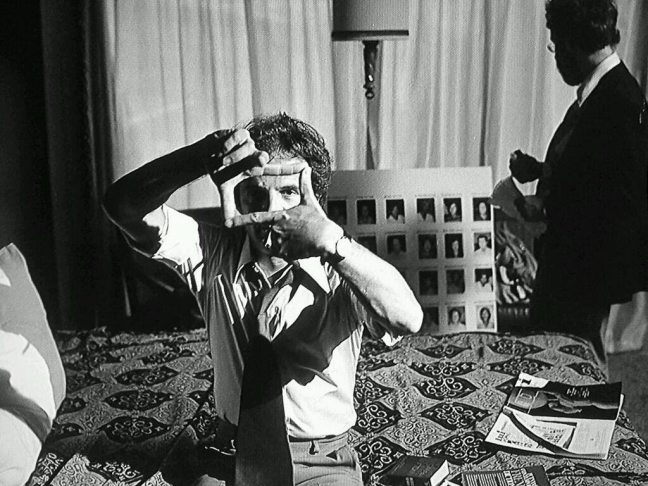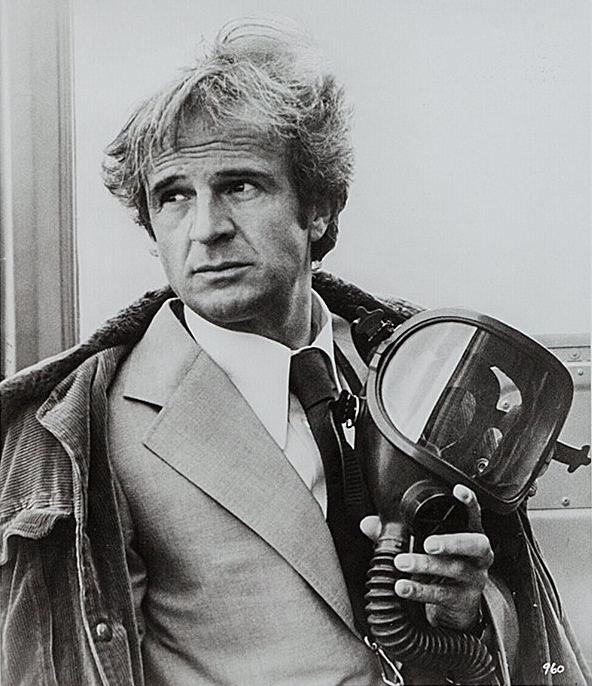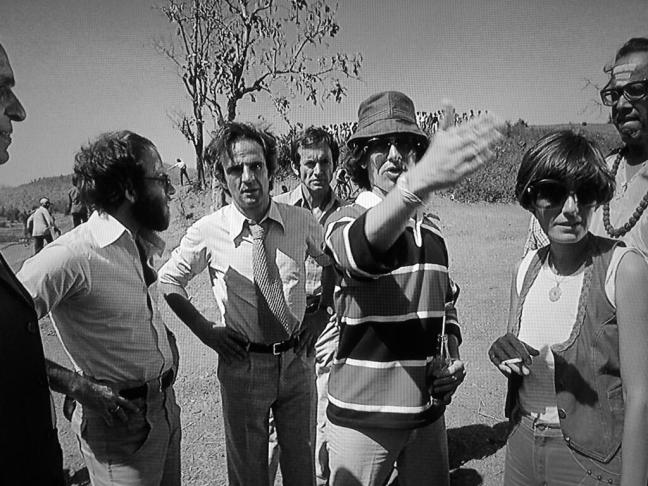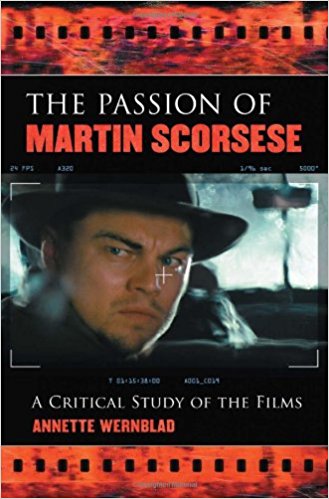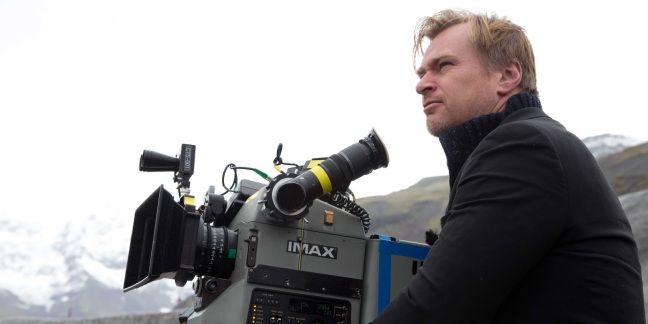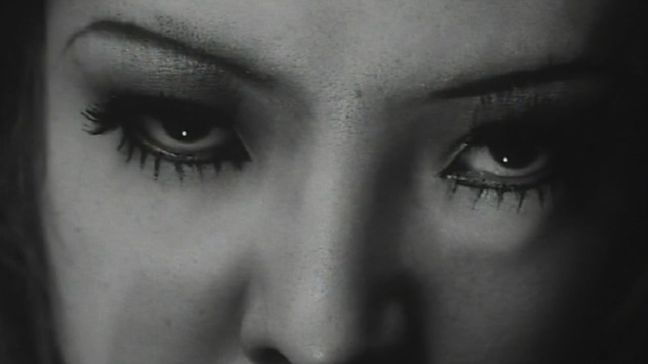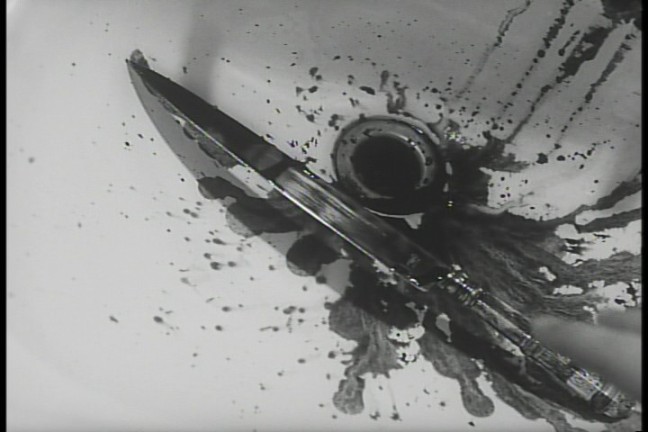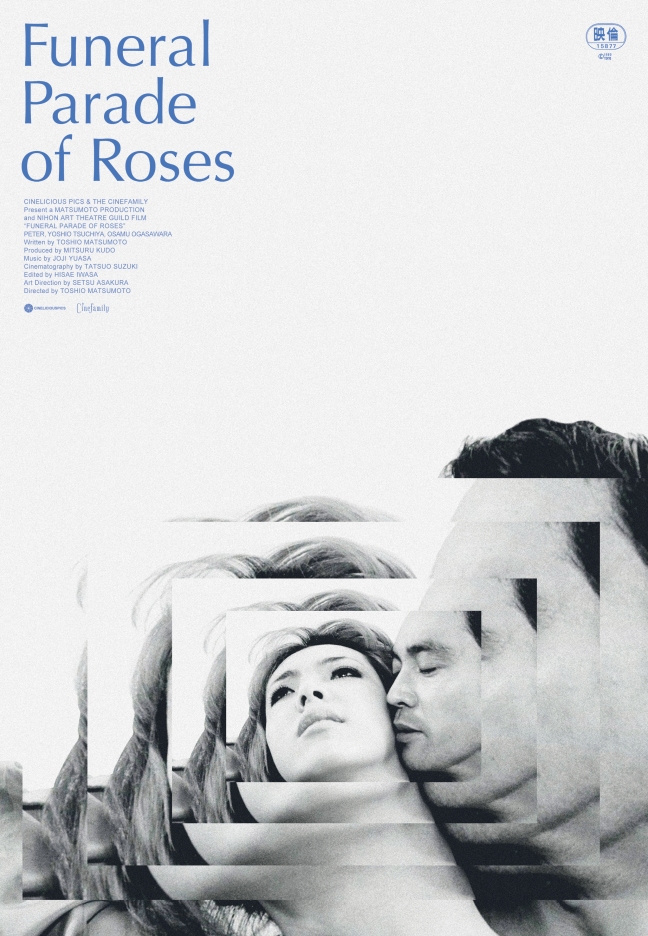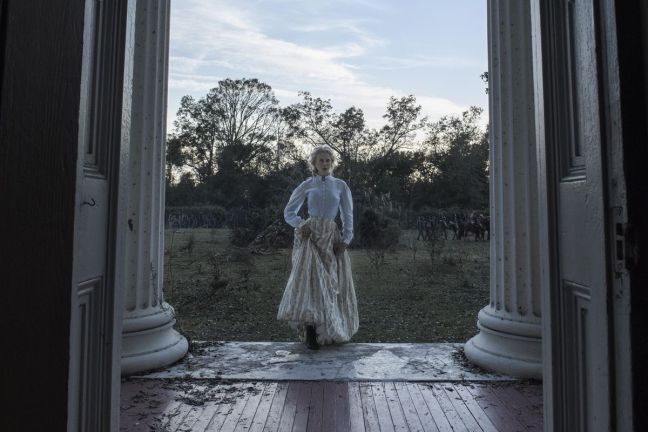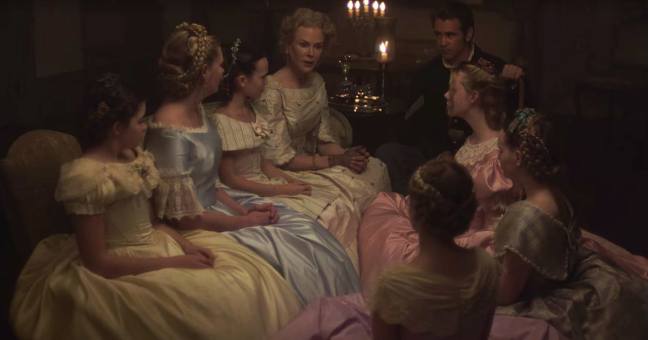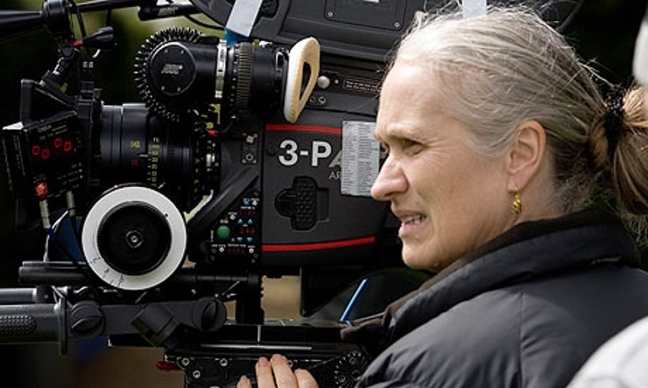
I would love to see more women directors because they represent half of the population – and gave birth to the whole world. Without them writing and being directors, the rest of us are not going to know the whole story. / Jane Campion, director
“I don’t think you catch people’s attention with normalcy. Seeing the same world through the eyes of a healthy married woman with three kids might be interesting, but it doesn’t catch people’s attention. I think the mechanism of shock triggers a more acute sensitivity. You have to put people in a certain frame of mind. I think a filmmaker has to be shrewd. Not in a bad way, not like, ‘I’m a shrewd businessman. I can get away with anything.’ But in terms of sensitivity, being shrewd means putting people in the right frame of mind. Then you can tell them, ‘Come with me on a journey…'” / Agnes Varda, director
The successful release of Patty Jenkins’ film of Wonder Woman to critical raves upon this weekend has renewed discussion of the future of female cinema directors and their power within the Hollywood system. Worldwide, there are indeed women directors producing some great pieces of work, but the number is much less financed than the currently male dominated industry. Many women directors are left waiting to bring their works to light because of the continued biased towards an unrealistic belief that women cannot handle big budget films or bring both male, as well as female, audiences into the theater. This sad devotion is depriving us of many possible great films with a perspective we need, as Jane Campion is quoted above. A greater knowledge forms from different perspectives, and from that knowledge we all grow as humans.
Patty Jenkins success with a superhero film may repave this neglected road for women directors to gain much more of a foothold with numerous projects and bigger budgets. We recently saw Sofia Coppola win the coveted Best Director prize at the 2017 Cannes Film Festival for her new film The Beguiled. This is only the second time a female has won that prize in 71 years. The first was Russian film director Yuliya Solntseva, who won for her film Chronicle Of The Flaming Years back in 1961. That statistic alone should illustrate the lack of recognition within this industry. This is a statistic that needs to change.
We can begin to change this by recognizing and praising the very films written and directed by women. It should not take the advent of a superhero film directed by a woman to crack open this bigger discussion, This is a dam about to burst, for on the other side lies the very hardcore evidence that women directors are an important piece of cinema and just waiting to be unlocked. The list below captures many recent works, so that one can easily find and stream those films, however there are some older works which are just a worthy as pioneers in cinema history. Use this small list as a starting point to familiarize yourself to new perspectives and hopefully lead to others that I have missed.
Jane Campion [New Zealand writer, producer, director] The Piano, Sweetie, An Angel At My Table, Holy Smoke, Bright Star
Maya Deren [Ukraine/US experimental filmmaker] Meshes Of The Afternoon, The Witche’s Cradle, At Land, Meditation On Violence
Claire Denis [French writer, producer, director] White Material, Chocolat, Beau Travail, Let The Sunshine In
Sofia Coppola [US writer, producer, director] Lost In Translation, The Virgin Suicides, Marie Antoinette, The Beguiled
Agnes Varda [Belgium/French writer, producer, director] Vagabond, Cleo From 5 to 7, The Gleaners And I
Dorothy Arzner [US director] The Wild Party, First Comes Courage, Get Your Man, The Red Kimono
Deepa Mehta [Indo-Canadian director] Fire, Midnight’s Children, Water
Lina Wertmüller [Italian writer, director] Seven Beauties, Love And Anarchy, All Screwed Up, Swept Away
Lois Weber [US actor, writer, director] The Blot, Suspense, The Hypocrites
Agnieszka Holland [Polish writer, producer, director] Europa-Europa, Total Eclipse, The Secret Garden
Gillian Armstrong [Austrialian writer, director] My Brilliant Career, Starstruck, High Tide, Oscar & Lucinda, The Last Days Of Chez Nous
Amma Assante [British actor, writer, director] A United Kingdom, Belle
Susan Seidelman [US writer, producer, director] Desperately Seeking Susan, Smithereens
Lynne Ramsay (Scottish writer, producer, director] Ratcatcher, We Need To Talk About Kevin, Morvern Callar
Sally Potter [British writer, director] Orlando, Ginger & Rosa, Rage, Yes
Chantal Akerman [Belgium writer, director] Jeanne Dielman, 23 Quai du Commerce, 1080 Bruxelles (one title), No Home Movie, News From Home
Larisa Efimovna Shepitko [Russian actor, writer, director] The Ascent, Wings
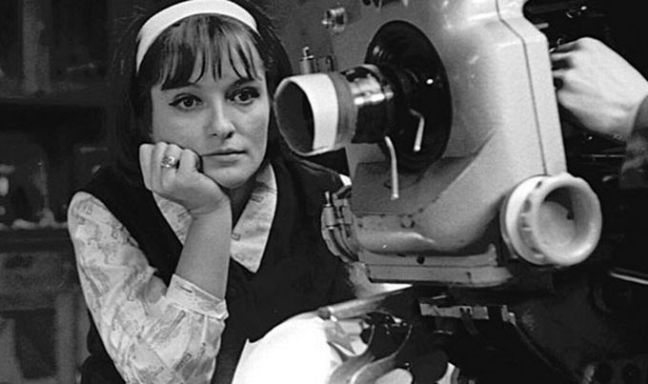
Begin with these filmmakers and discover a world not governed by the male gaze, but at times a much more honest and cutting look into the female mystique (and humans in general) on screen…by women themselves. These women behind the camera have a unique importance in cinema and a place in storytelling history.
And, perhaps in time, it will be unnecessary for such a piece devoted exclusively to women directors. In the eyes of audiences, those filmmakers will indeed be equal without borders, without labels, and judged simply as artists.


